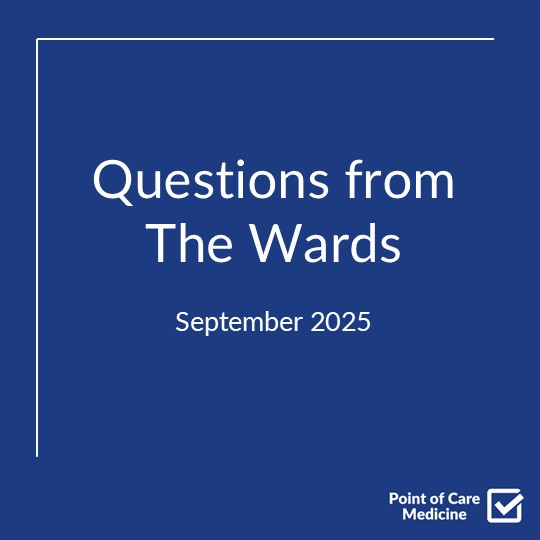Vignette:
A 52-year-old man is brought to the emergency department by ambulance with acute onset severe dyspnea and chest pain. He had arthroscopic knee surgery 5 days ago. On arrival, he appears distressed and diaphoretic. Vital signs: BP 82/45 mmHg (repeat 78/40 mmHg), HR 128/min, RR 32/min, O2 saturation 88% on non-rebreather mask. Physical exam shows JVD, cool extremities, and an S3 gallop. Point-of-care ultrasound reveals severe right ventricular dilation with septal bowing. ECG shows sinus tachycardia, new complete RBBB, and T-wave inversions in V1-V4. Initial labs: Troponin-I 1.8 ng/mL (normal <0.04), BNP 1200 pg/mL, lactate 4.2 mmol/L. CT pulmonary angiogram reveals extensive bilateral pulmonary emboli with evidence of right heart strain (RV/LV ratio 1.8). Despite 2L crystalloid and initiation of norepinephrine, the patient remains hypotensive.
Question:
Which of the following is the most appropriate next step in management?
A) Start unfractionated heparin drip and continue supportive care
B) Administer systemic thrombolysis with tissue plasminogen activator
C) Pursue catheter-directed thrombolysis
D) Place on ECMO and anticoagulate with heparin
E) Begin vasopressin and initiate therapeutic LMWH
Audio
Video
Correct Answer:
B) Administer systemic thrombolysis with tissue plasminogen activator
Explanation of Correct Answer:
This patient has high-risk PE (massive PE) as evidenced by:
- Persistent hypotension (SBP <90 mmHg) despite initial resuscitation
- Evidence of shock (elevated lactate, cool extremities)
- Severe right heart dysfunction (echo findings, elevated BNP)
- Myocardial injury (elevated troponin)
- Signs of clinical severity (hypoxemia, tachycardia)
Systemic thrombolysis is indicated because:
- Mortality benefit in high-risk PE with shock
- Need for rapid reversal of right heart failure
- No absolute contraindications (recent arthroscopic surgery is relative)
- Patient likely to deteriorate further without aggressive intervention
Explanation of Incorrect Answers:
A) Unfractionated heparin alone - Insufficient for high-risk PE with shock; mortality benefit of thrombolysis outweighs risks.
C) Catheter-directed thrombolysis - Too time-consuming for patient in shock; systemic therapy needed for rapid improvement.
D) ECMO - While potentially helpful, should not delay thrombolysis; may be considered if patient fails thrombolytic therapy.
E) Vasopressin and LMWH - Inadequate for high-risk PE; does not address underlying severe clot burden.
Alternative Scenarios:
- If patient had recent intracranial surgery, catheter-directed therapy would be preferred
- If thrombolysis was contraindicated, surgical embolectomy might be considered
- If patient stabilized with initial interventions, could consider anticoagulation alone
Additional Facts:
- Mortality in high-risk PE exceeds 15% in first hours
- Recent surgery is a relative not absolute contraindication to thrombolysis
- Standard tPA dosing is 100mg over 2 hours
- Thrombolysis reduces mortality by approximately 50% in high-risk PE
- RV/LV ratio >0.9 indicates right heart strain
Main Takeaway:
High-risk PE with persistent shock requires immediate systemic thrombolysis unless absolutely contraindicated, as the mortality benefit outweighs bleeding risk.






.png)
